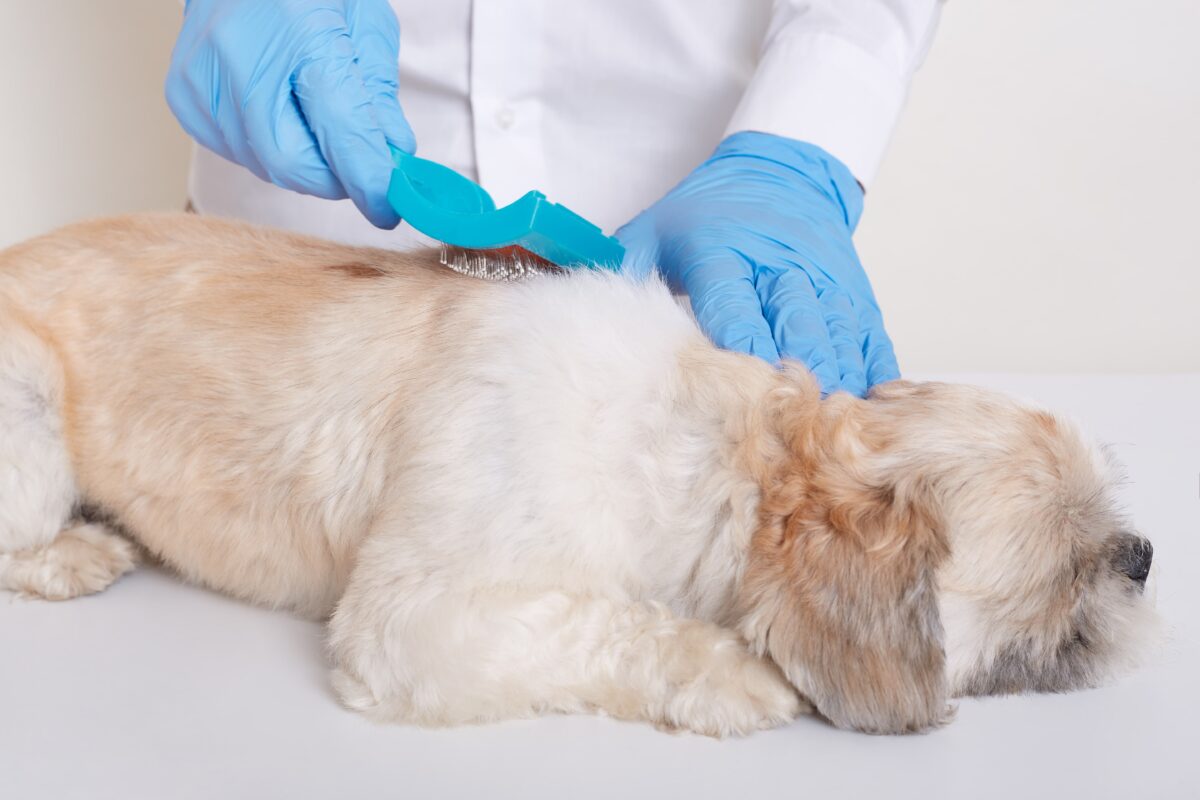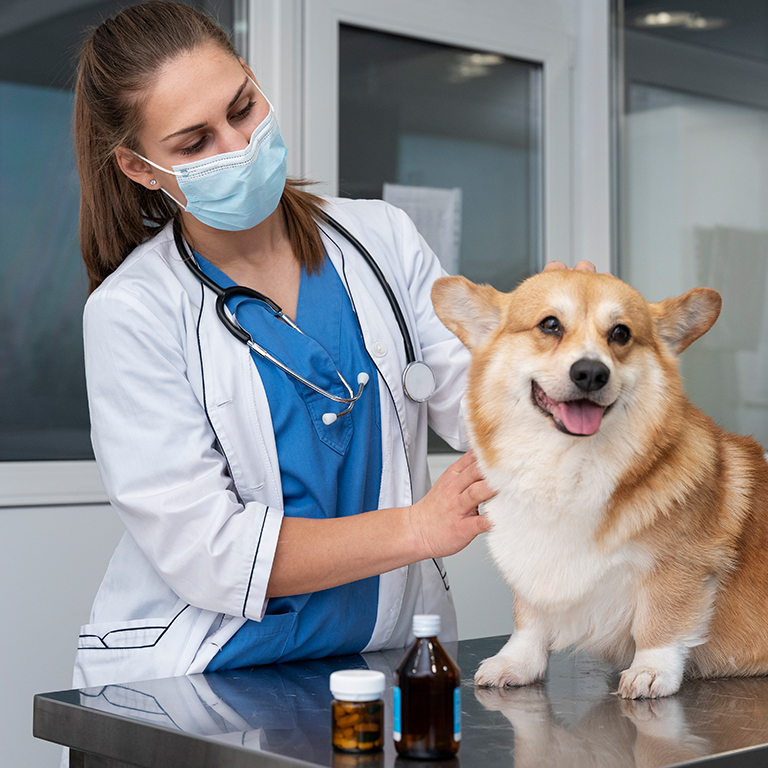Hidden Risks of Spot-On Flea and Tick Treatments

Spot-on flea and tick treatments are popular with many pet owners, as they want to have healthy dogs without parasites. It should be noted, though, that there is a possibility of risks with these products. Fipronil and Imidacloprid are common insecticides in spot-on pet treatments. However, the European Union and the UK have completely banned them. Several other countries have also placed strict restrictions. India has already prohibited some concentrations, and authorities are now enforcing legislation against their sale.
Continued Use Despite Bans
These insecticides are still used on pets in most areas in spite of regulatory measures. This is very dangerous to the pets as well as the environment, and the pet owners. The local, non-target insects, like bees that are important in pollination, can be negatively impacted by the chemicals.
In addition, when dogs treated with such products swim in ponds, lakes, or pools, they contaminate the water and endanger aquatic life. Pet parents also come into contact with these chemicals during daily activities. Moreover, dogs may consume the insecticides by licking or absorb them through wounds.
Long-Term Health Risks
Fipronil and Imidacloprid have serious health effects when taken over the long term:
- In dogs, there may be irritation of the skin, problems with the gastrointestinal tract, and even neurological disorders during long-term exposure.
- In humans, the treatment of pets could present the risk of mild to moderate toxicity due to the handling of treated pets regularly.
- To the environment: The pollution of water bodies, as well as the destruction of the local insect population, such as bees, can have extensive ecological effects.
These aspects reflect the desperate necessity to tighten the rules related to the safety of pet products and the lack of awareness the pet owners.
Safer Alternatives and Tips for Pet Parents
The pet parents may minimize the risks by bearing in mind the following precautions:
- Talk to your veterinarian: Request your doctor to prescribe safer and approved alternatives.
- Apply mechanical or natural treatments: Fighting fleas and ticks using grooming, natural sprays, or collars may cut down on your exposure to chemicals.
- Do not swim immediately after treatment: Do not allow your dog to swim immediately after treatment.
- Monitoring your dog: Be careful of the symptoms of irritation of the skin, inappropriate behavior, and other symptoms that can occur after treatment.
- Educate yourself: Be informed about bans, recalls, and safer flea and tick protection.
The Need for Awareness
Dog lovers, pet parents, and pet care providers must understand the hidden dangers of these insecticides. Spot-on flea and tick treatment management is important for pet health, but safer options and proper use can prevent long-term harm to pets, people, and the environment.
By spreading awareness, following new laws, and choosing less harmful alternatives, we can protect both our pets and the planet. Responsible pet care means knowing the products we use. It also means focusing on both safety and effectiveness.





